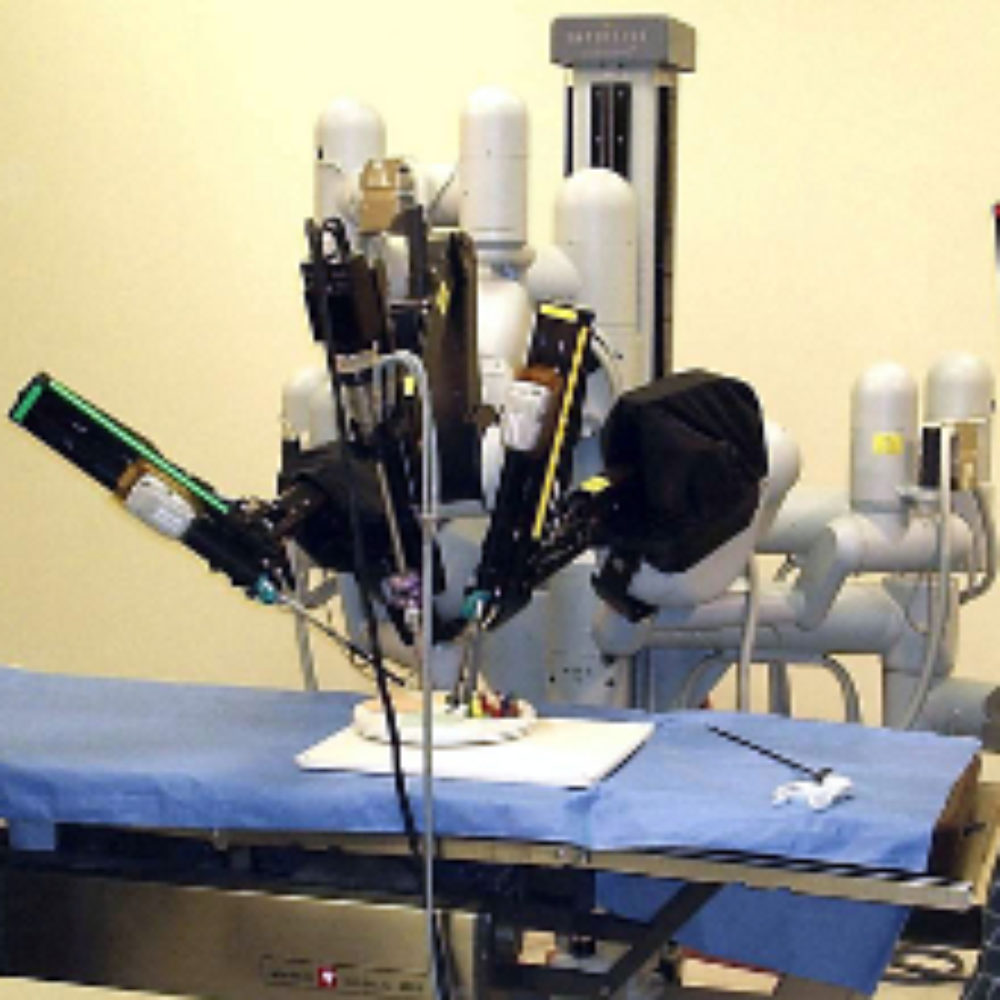Tears, Burns, Other Complications Linked to da Vinci Surgical Robot

A number of injuries and complications have been linked to a surgical remote controlled robot, known as the da Vinci Surgical System, raising concerns over whether surgeons are receiving the proper training to handle the highly advanced piece of technology and whether the additional costs are justified.
A report by the Office of Medical and Scientific Justice highlights several complications linked to the da Vinci Surgical System, a robot used in a variety of surgical procedures that is designed to allow surgeons to perform surgery through tiny incisions via a robot-like device.
However, the da Vinci has been linked to accidental tears and burns to internal organs, some of which require multiple surgeries to repair.

Did You Know?
Change Healthcare Data Breach Impacts Millions of Customers
A massive Change Healthcare data breach exposed the names, social security numbers, medical and personal information of potentially 100 million Americans, which have now been released on the dark web. Lawsuits are being pursued to obtain financial compensation.
The report highlights problems seen at Wentworth-Douglas, a small hospital in Dover, New Hampshire. Some patients who have undergone surgeries involving the da Vinci have suffered a number of surgical errors and injuries. One woman received injuries so severe that she had to undergo four more operations to repair the damage. Two other previous patients have suffered lacerated bladders when the device was involved. And, while supporting the use of the device, Wentworth-Douglas officials suggest that they have experienced less problems than most facilities.
The da Vinci Surgical System, created by Intuitive Surgical Inc., is a four-armed robotic device that is operated by a surgeon via remote control. The surgeon sits at a control station looking through eye holes at a three-dimensional image of the inside of the patient’s body. Using hand controls and foot pedals, the surgeon is then able to guide the arms through delicate surgeries.
Concerns have emerged that surgeons are not receiving the proper training to handle the device. Surgeons who use the device say it takes a lot of practice to operate safely, but a growing number of health experts question whether the proper training is being required before the device is used on patients.
According to a report published in the medical journal Reviews in Urology in Winter 2010, which compared robot-assisted laparoscopic prostatectomy with open and traditional laproscopic procedures, it can take as many as 200 cases for some surgeons to become proficient with robotic surgery. Researchers found that while a surgeon is learning the new technique, patients may experience outcomes inferior to what they may have received with more experienced surgeons. In addition, the report indicates that some surgeons do not have the patient volume necessary to ever complete their learning curve.
Some have suggested that hospital officials feel pressured to buy the device to avoid a competitive disadvantage. At a cost between $1 million and $2 million, surgeons may then feel pressure to use the device before they are fully trained.
In a report published in the March 10, 2012 issue of the Journal of Clinical Oncology, researchers questioned the widespread use of the robotic surgery devices, highlighting the minimal evidence of any benefits brought by the increased costs when compared to a laproscopic hysterectomy.
Researchers reviewed data on 2,464 women who underwent a hysterectomy, including 1,027 who underwent a laparoscopic hysterectomy and 1,437 who underwent robotic hysterectomy. They indicated that long-term efficacy data is needed to justify the increased costs associated with robotic surgery, which has a mean cost of $10,618 versus $8,996 for laparascopic hysterectomy.
Photo courtesy of http://en.wikipedia.org/wiki/User:Nimur / CC by 3.0






0 Comments